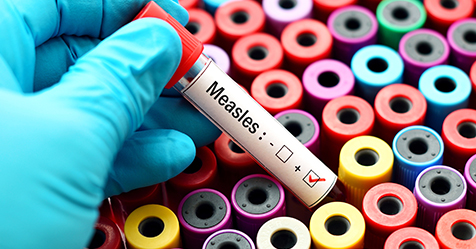Tropical Storm Leading to East Coast Flooding
Facility managers contending with heavy rainfall and flash flood warnings
Building managers on the East Coast—specifically the Northeast—are dealing with flash flood warnings this week due to tropical storm Elsa, CNN reports.
Hurricane Elsa turned into a tropical storm with heavy rainfall that caused flash flooding in New York, New Jersey, and Connecticut last week. Subway stations, streets, and businesses were flooded with waist-high water in New York City. The storm is expected to hit other parts of the Northeast including Massachusetts and Maine. The National Weather Service has issued flash flood watches from northern New Jersey up through the southern edge of Maine, according to CNN.
According to the Weather Prediction Center, the rainfall from Elsa last week was 300% higher than the average. The rainfall is expected to continue through the end of the week.
The U.S. Department of Labor’s Occupational Safety and Health Administration (OSHA) offers flood preparedness and response resources as well as best practices for employers with facilities in the affected areas:
- Provide information about hazards that workers may face during and after a flood event like storm debris, power loss, structural damage, and fallen trees.
- Prepare an evacuation plan so employees can leave the building safely in the event of a flood.
- Have emergency supply kits and safety equipment available.
The U.S. Centers for Disease Control and Prevention (CDC) offer the following tips for employers and workers in flooded facilities:
- Gather emergency supplies including food and water.
- Listen to local radio or television for weather updates.
- In case of evacuation, turn off all utilities at the main power switch and close the main gas valve.
- Bring in outdoor furniture or tie it down securely.
- Do not drive or walk through flooded areas and standing water including parking lots.
- Do not drink or use standing floodwater as it can spread infectious diseases and chemical hazards
- Remove and throw out drywall and insulation that was contaminated with floodwater or sewage.
- Clean walls, floors, and other surfaces with soap and water and disinfectant.


